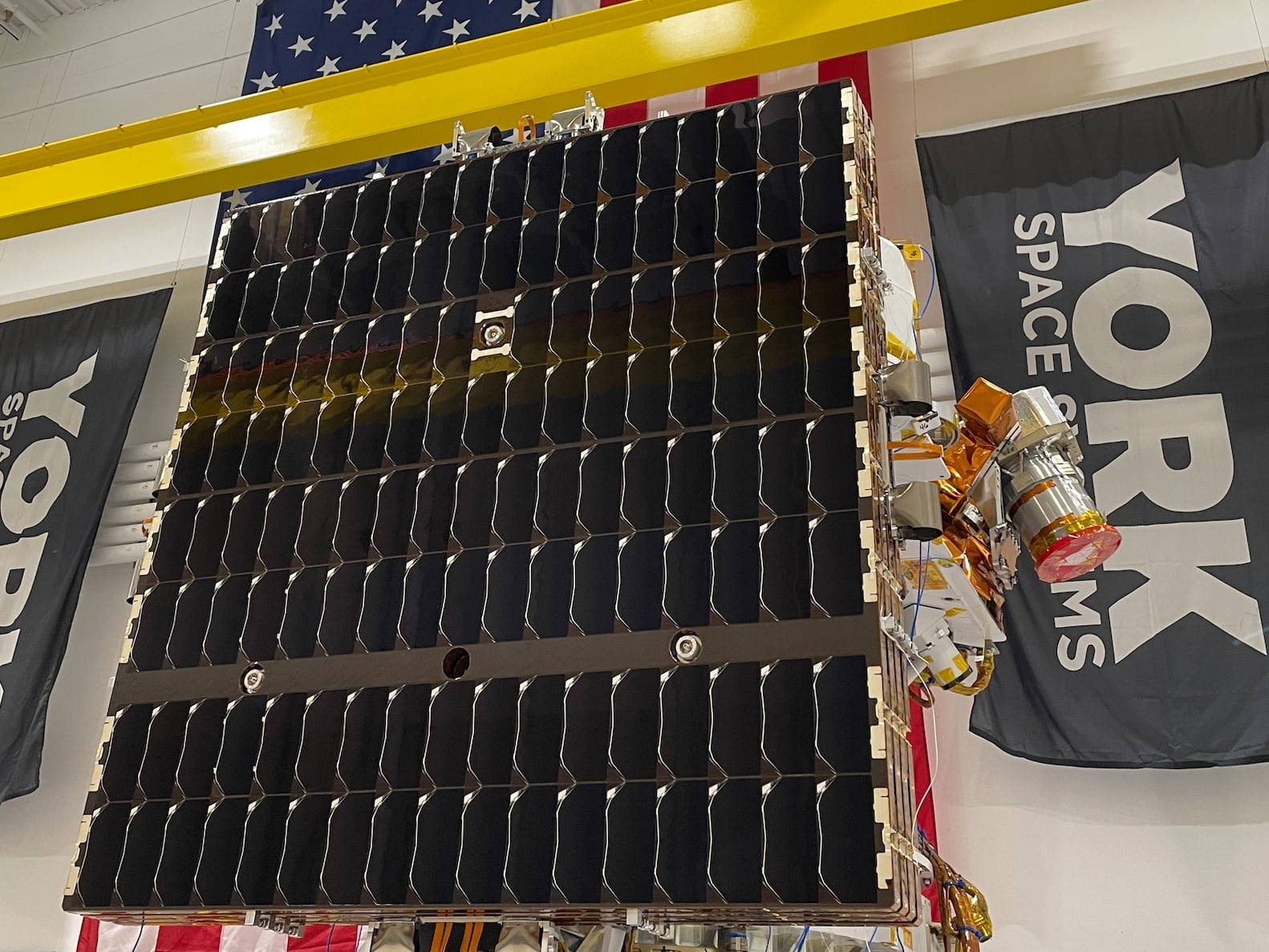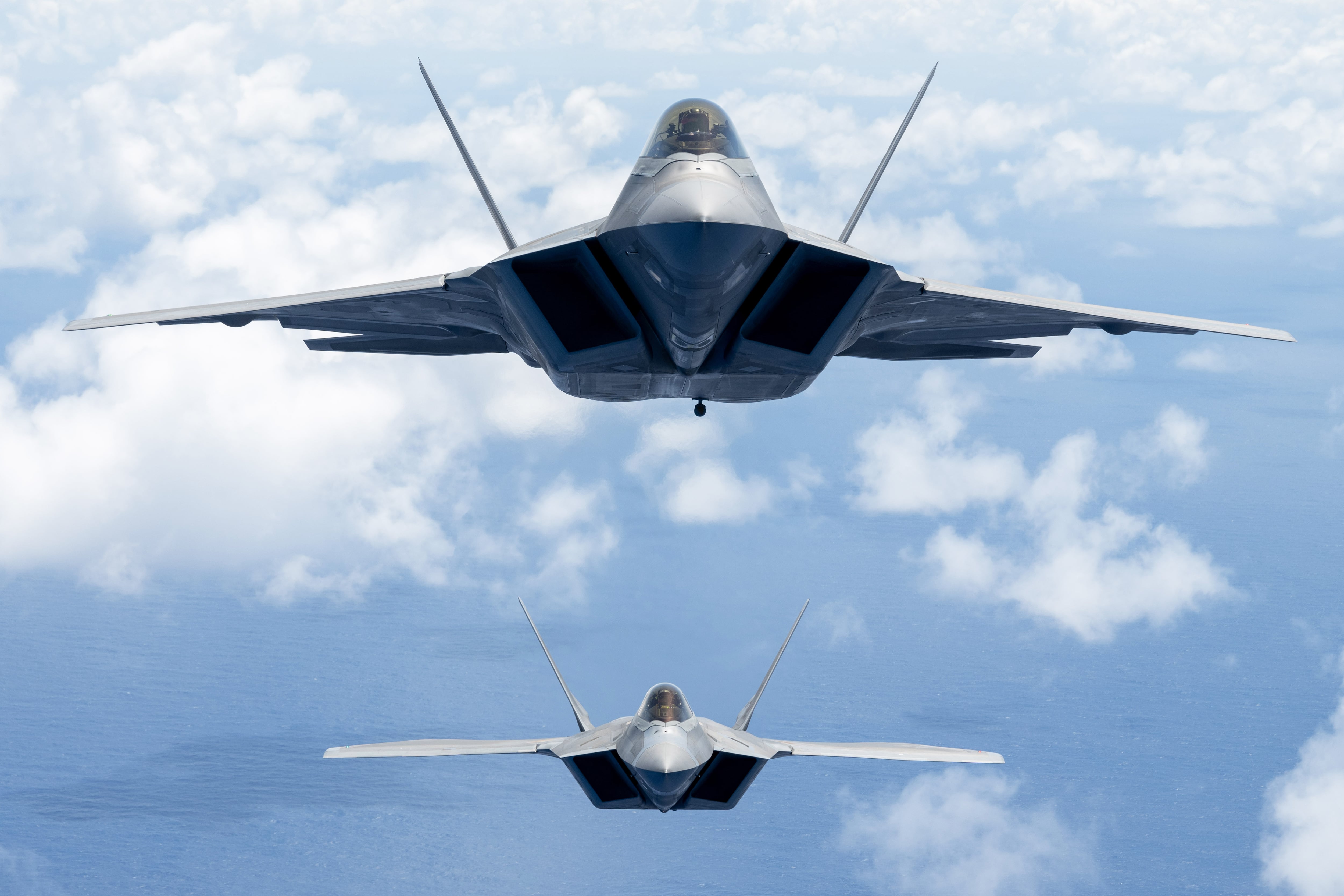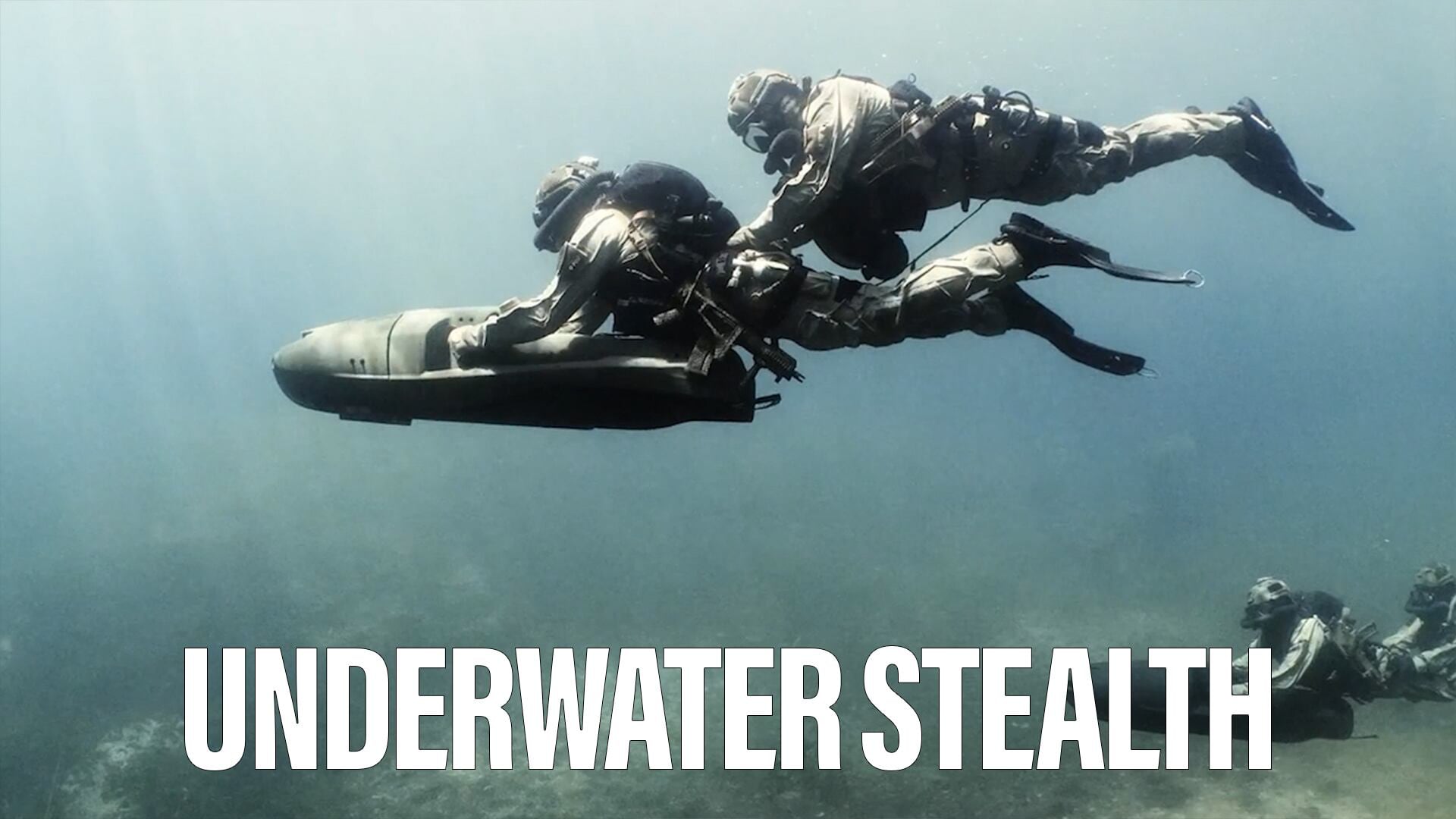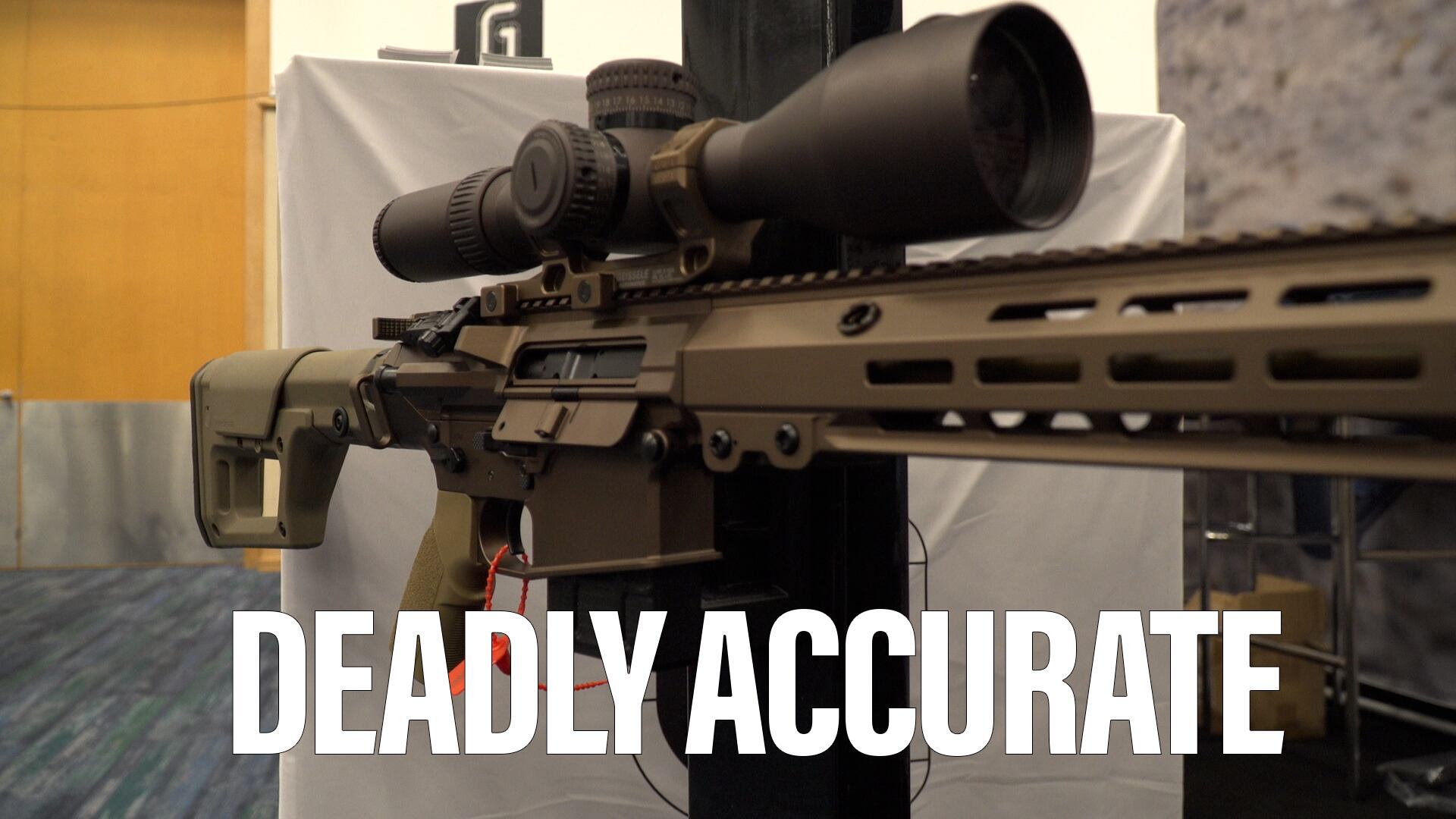AUGUSTA, Ga. — In an increasingly complex battlespace, the U.S. Army must make sure that electronic warfare soldiers can accomplish six tasks, a top EW leader said.
Col. Daniel Holland, Army capability manager for electronic warfare, listed the needed capabilities during a presentation at the recent TechNet Augusta conference.
1. Detect, identify and locate targets at the maximum effective range of a commander’s weapon systems
While the Army has a pretty good idea of how to accomplish this at the battalion and brigade levels, Holland said the service is still figuring out how to identify and locate targets of interest over longer distances for higher echelons, such as division, corps, theater and multidomain task forces.
During the past 20 years, the brigade was the primary unit of action. The Army expects that will change in the multidomain battlefield of the future against sophisticated near-peer nation-states that will act over much greater distances.
“Commanders will be able to shoot much farther than they can see. The electronic warfare officers are expected to remedy this situation,” Holland said.
Despite a bevy of overhead capabilities possessed by the U.S., many used by the intelligence community for strategic, not tactical or operational purposes necessarily, Holland said there are assumptions those assets might not be available. As such, the Army must develop its own capabilities, such as hyperspectral imaging, hypersensitive antenna technologies or sensors that can show commanders what’s happening long distances away.
2. Affect targets at long range
Once targets are identified over long ranges, commanders will have to be able to deliver effects against them. This is particularly needed in echelons above the brigade level that are more likely to handle long-distance attacks, Holland said.
“I’m challenging you to think beyond line of sight,” he told the audience of mostly defense contractors.
The Army must consider disruptive technology that goes beyond line of sight and RF, with Holland asking the audience to consider, as an example, low-cost, anti-radiation loitering munitions. While these are in the kinetic realm and outside his office’s electronic warfare portfolio, Holland said the Army has begun to integrate requirements with various acquisitions communities.
The electronic warfare capability manager is working on requirements with the fires, aviation, space, missile defense, intelligence and cyber communities, he said.
Cross-cutting requirements are the future, Holland said, pointing to low-cost loitering munitions seen in the 2020 Nagorno-Karabakh conflict in Azerbaijan, which he described as game changing.
“We want enemy radar operators running scared that when they turn their radar on, 15, 30 seconds later a loitering munition will be crashing on their forehead,” he said.
However, the Army is still building its electronic warfare force and lacks capabilities for that force to use when its members arrive at their units.
Earlier in the conference, Holland described challenges for the Army in the electronic warfare area as getting forces and capability to the field and being able to afford all the systems they need to provide.
Because the Army hasn’t fielded EW programs to units beyond prototypes and urgently needed capabilities, soldiers at the schoolhouse lack weapon systems to train on and instead do a lot of modeling and simulation work.
“We’re doing a lot of foundational learning and understanding,” Brig. Gen. Paul Stanton, commander of the Cyber Center of Excellence, told reporters during the same conference.
This foundational learning includes being able to detect, understand and influence signals of interest.
3. Share more data with partners
Often, it’s difficult to share important classified information with partners for situational awareness or to help allies decide what action to take. Holland believes the Army can change classification levels of geolocation data and other databases to share that information as needed with coalition partners.
4. Be able to pick the best shooter for the mission
This ability boils down to having open system standards, Holland said, citing one example of needing standardized countermeasures that electronic warfare personnel can choose from.
“We want [that] the electronic warfare officer can pick the best shooter, the system that’s in the right positions, has line of sight, has the right antenna, adequate power … We need your help to abstract that so we write a countermeasure against a specific target, and it can be fired from any of the systems in portfolio.”
5. Choose helpful data from a sea of signals
Soldiers have information coming at them from numerous systems tracking friendly, adversarial and gray signals, and the Army needs industry’s help to improve the human-machine interface to filter out data that’s not useful, Holland explained.
6. Have a clear picture of their own unit’s presence in the electromagnetic spectrum
It’s critical that commanders know what their formations look like in the electromagnetic spectrum and are able to conduct sensing of their units, Holland said.
“On the modern battlefield, the commander needs to know what he or she looks like, and this is not the emissions control, it’s about determining the source of electromagnetic interference, is the system malfunctioning or is it jammed, does the commander need to make a survivability move, manage risk, and any system that we introduce needs to be able to do this self-sensing and survivability and signature management,” Holland said.
Mark Pomerleau is a reporter for C4ISRNET, covering information warfare and cyberspace.








